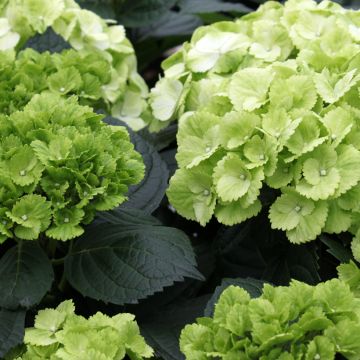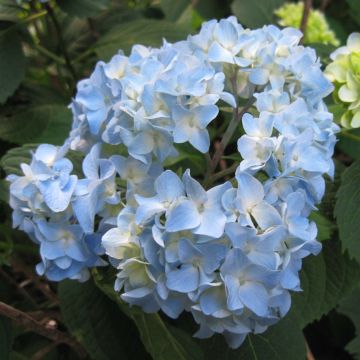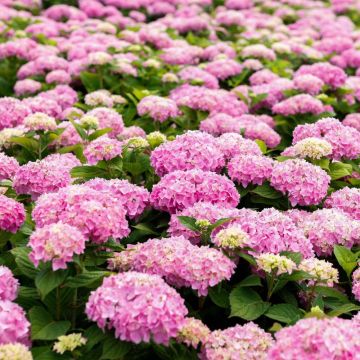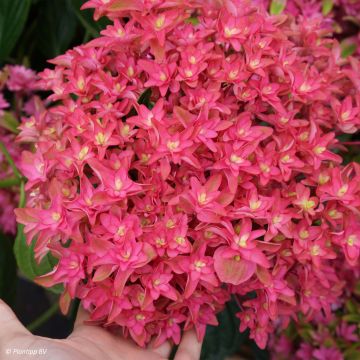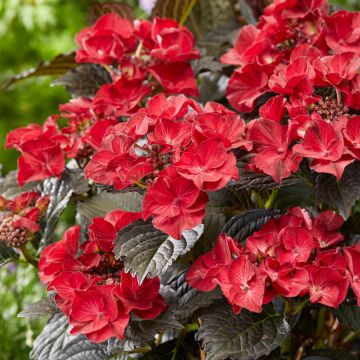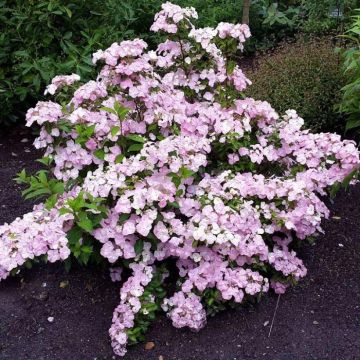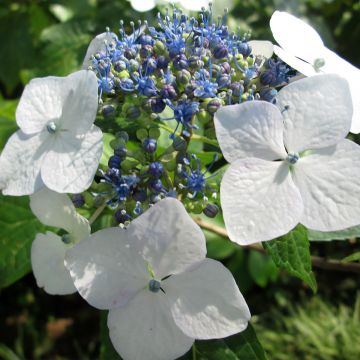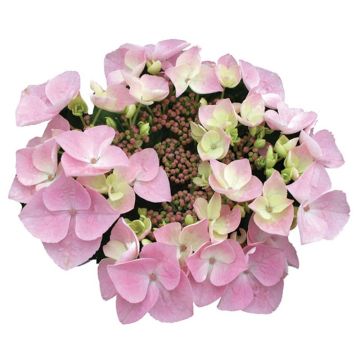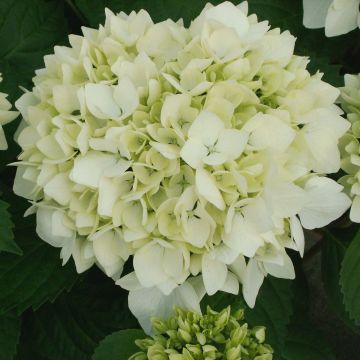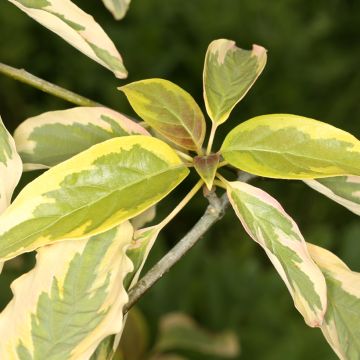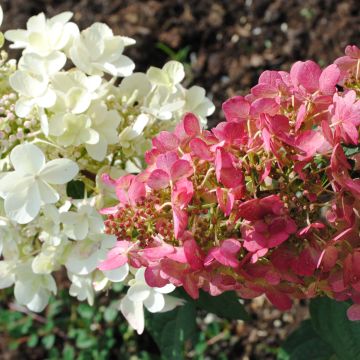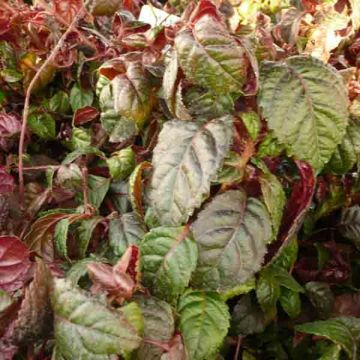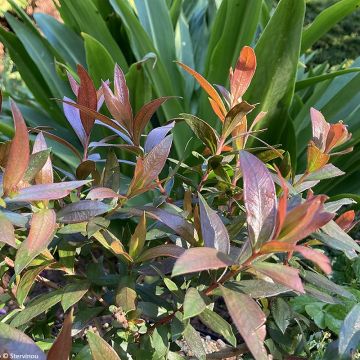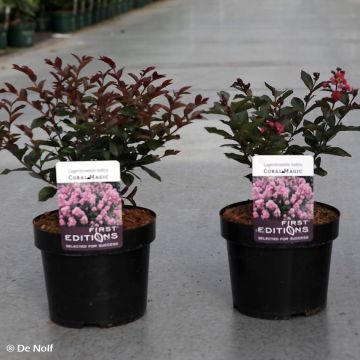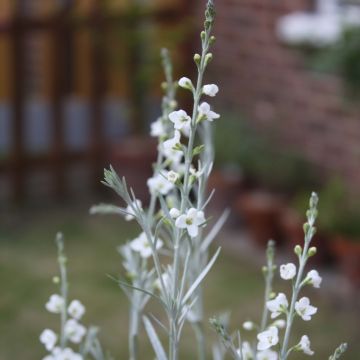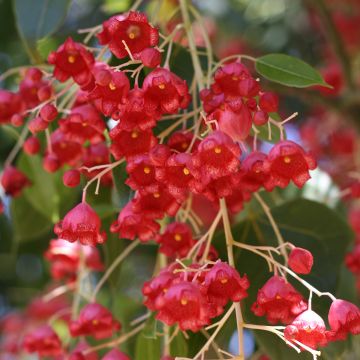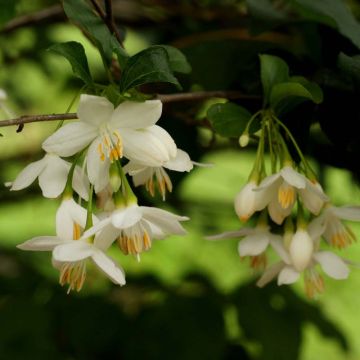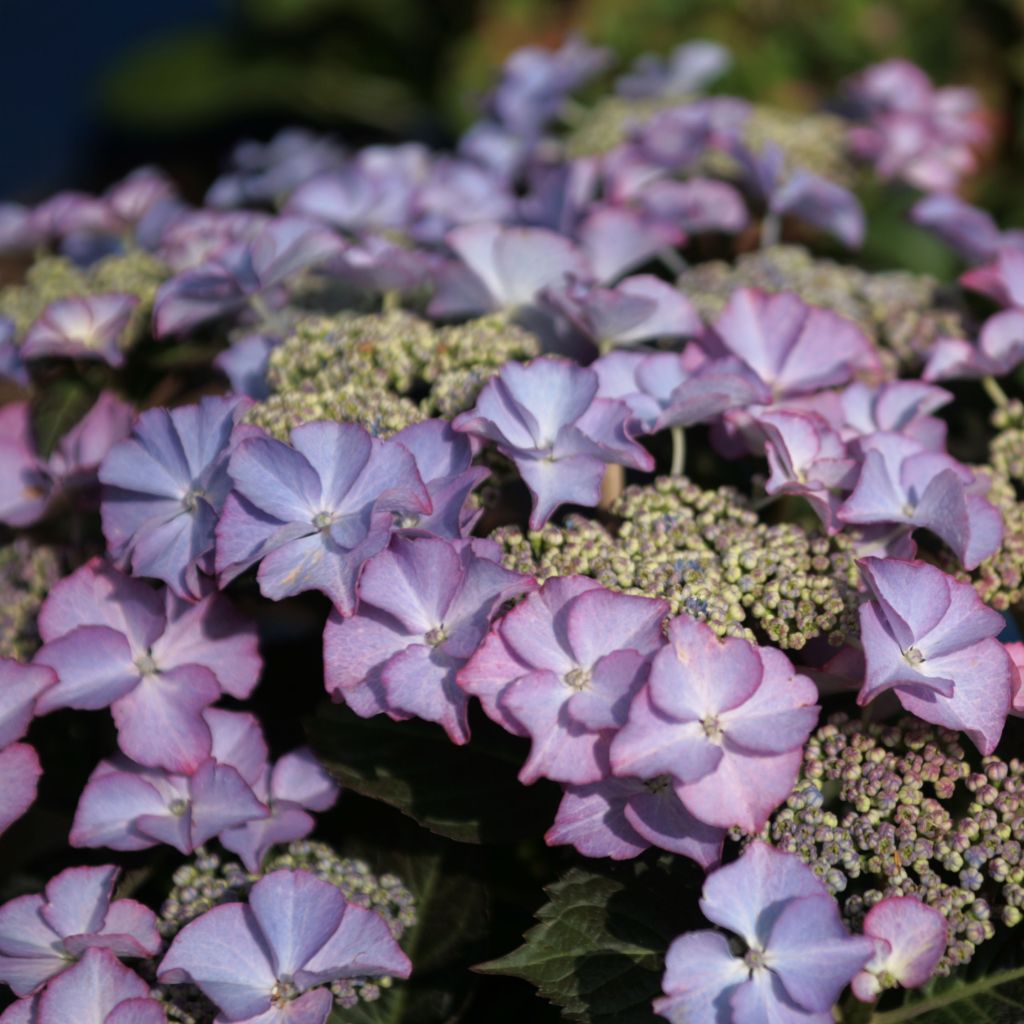

Hydrangea macrophylla Tiffany
Hydrangea macrophylla Tiffany
Hydrangea macrophylla Tiffany
Bigleaf Hydrangea, French Hydrangea
This item cannot be shipped to the selected country
Delivery charge from €5.90
More information
Delivery charge from €5.90
More information
Schedule delivery date,
and select date in basket
This plant carries a 24 months recovery warranty
More information
We guarantee the quality of our plants for a full growing cycle, and will replace at our expense any plant that fails to recover under normal climatic and planting conditions.
From €5.90 for pickup delivery and €6.90 for home delivery
Express home delivery from €8.90.
Does this plant fit my garden?
Set up your Plantfit profile →
Description
The hydrangea or Hydrangea macrophylla'Tiffany' is a recent variety, which captivates with its rather unusual flowering, with multiple colours, the shades of which vary depending on the soil. Its large flattened flower heads show a crown of large florets in the shape of helices of pink to bluish-mauve colour, but invariably enhanced by an elegant border of a darker tone, around a heart where small equally changing and richly coloured buttons are crowded. This flowering is particularly long-lasting and continues until the end of summer, tight on a bright green foliage becoming purple in the autumn. This compact habit hydrangea is well suited for cultivation in large containers or shaded beds, in non-limestone soil.
The Hydrangea macrophylla 'Tiffany' is a hybrid plant obtained by cross-breeding H. macrophylla and H. serrata, among others. All these hardy plants belong to the Hydrangeaceae family, native to Japan. 'Tiffany' is a bush notable for its compact habit, as it is as wide as it is high, ranging from 1 m (3 ft 4 in) to 1.20m (3 ft 11 in) in all directions. From June to September, its small, fertile and sterile flowers, with striking dimorphism, form very graphic umbels. These delightful flower heads are large bicolour sterile peripheral flowers, with recurved petals overlapping in a spiral and a heart of tiny fertile florets. In neutral soil, the flowering will display pink tones, while it will be more mauve or blue in acidic soil. Another particularity of this hydrangea is its deciduous foliage, which turns purple in autumn from dark green in summer. The leaves are opposite, reaching a minimum length of ten centimetres. They are single, ovate to elliptical, ending in a pointed tip, and sawtoothed.
The Tiffany Hydrangea has excellent hardiness. Hydrangeas are well known for brightening up the north side of houses. This one will be happy in an east or west exposure that is not scorching, in beds as well as in hedges. This variety is particularly suited to container cultivation, and can be placed on the terrace or near the entrance, to fully enjoy all its charms.
If you want to grow hydrangeas in your garden, knowing how to do it properly is essential. Hydrangeas don't thrive in limestone soil but are not limited to heathland either. You can mix them with magellanica fuchsias, annual impatiens, ferns, or plant spring-flowering bulbs in front of their round shape.
It's worth noting that the colour of macrophylla hydrangeas' flowers changes depending on the pH of the soil. Blue varieties usually turn pink in neutral or alkaline soil. Mix ericaceous soil with your garden soil to maintain a beautiful blue colour. You can also add aluminium sulphate (found in slate) or alum stone every year in the spring.
Hydrangea macrophylla Tiffany in pictures
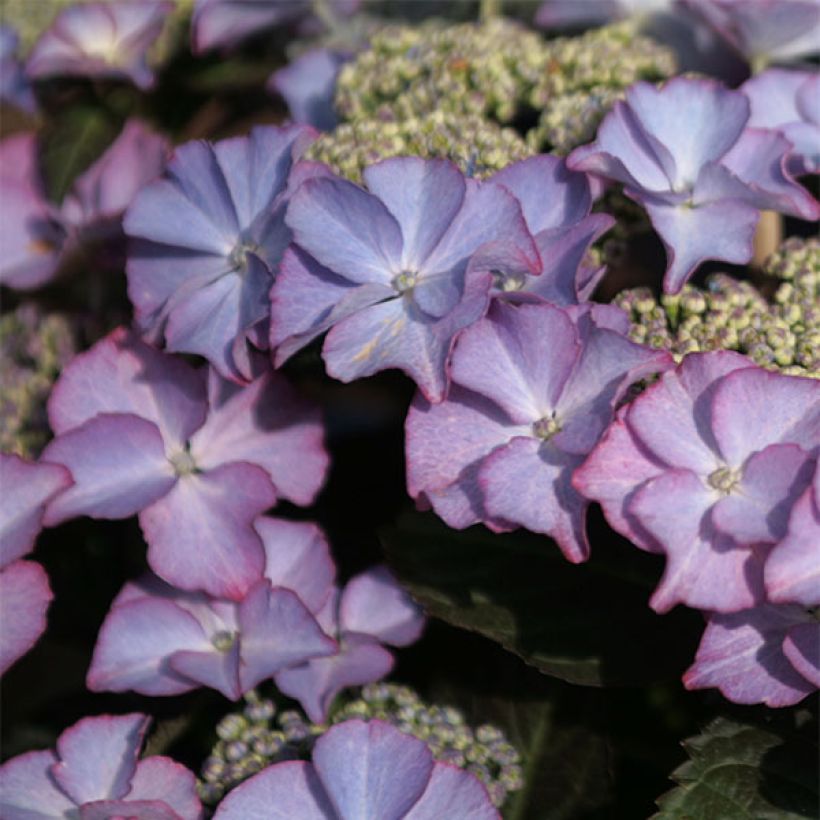

Plant habit
Flowering
Foliage
Botanical data
Hydrangea
macrophylla
Tiffany
Hydrangeaceae
Bigleaf Hydrangea, French Hydrangea
Cultivar or hybrid
Other Hydrangea Macrophylla
Planting and care
To successfully plant the hydrangea macrophylla Tiffany, it's best to do so in spring or early autumn, preferably in a slightly shaded location, such as against an east-facing or north-facing wall. If you live in a cold area, consider overwintering the plant in a cold greenhouse or on a veranda and protect it from cold, drying winds. The hydrangea does not require ericaceous soil, but it appreciates deep, fresh, well-drained, reasonably fertile soil, which can be enriched with a good base fertiliser before planting. If the soil is dry at the foot of the wall, plant the root ball at least 30-40 cm (11.8-15.7 in) from the base of the wall and add plenty of well-rotted compost to retain moisture. This very hardy plant can be planted in cold regions without any problem. When pruning, remove the faded flowers on the first bud or the pair of buds located directly below. To encourage the formation of young shoots, cut back a quarter or a third of the oldest stems to the base when the plant is mature. Carry out this pruning every year during March and April.
Planting period
Intended location
Care
Summer-flowering shrubs
Haven't found what you were looking for?
Hardiness is the lowest winter temperature a plant can endure without suffering serious damage or even dying. However, hardiness is affected by location (a sheltered area, such as a patio), protection (winter cover) and soil type (hardiness is improved by well-drained soil).

Photo Sharing Terms & Conditions
In order to encourage gardeners to interact and share their experiences, Promesse de fleurs offers various media enabling content to be uploaded onto its Site - in particular via the ‘Photo sharing’ module.
The User agrees to refrain from:
- Posting any content that is illegal, prejudicial, insulting, racist, inciteful to hatred, revisionist, contrary to public decency, that infringes on privacy or on the privacy rights of third parties, in particular the publicity rights of persons and goods, intellectual property rights, or the right to privacy.
- Submitting content on behalf of a third party;
- Impersonate the identity of a third party and/or publish any personal information about a third party;
In general, the User undertakes to refrain from any unethical behaviour.
All Content (in particular text, comments, files, images, photos, videos, creative works, etc.), which may be subject to property or intellectual property rights, image or other private rights, shall remain the property of the User, subject to the limited rights granted by the terms of the licence granted by Promesse de fleurs as stated below. Users are at liberty to publish or not to publish such Content on the Site, notably via the ‘Photo Sharing’ facility, and accept that this Content shall be made public and freely accessible, notably on the Internet.
Users further acknowledge, undertake to have ,and guarantee that they hold all necessary rights and permissions to publish such material on the Site, in particular with regard to the legislation in force pertaining to any privacy, property, intellectual property, image, or contractual rights, or rights of any other nature. By publishing such Content on the Site, Users acknowledge accepting full liability as publishers of the Content within the meaning of the law, and grant Promesse de fleurs, free of charge, an inclusive, worldwide licence for the said Content for the entire duration of its publication, including all reproduction, representation, up/downloading, displaying, performing, transmission, and storage rights.
Users also grant permission for their name to be linked to the Content and accept that this link may not always be made available.
By engaging in posting material, Users consent to their Content becoming automatically accessible on the Internet, in particular on other sites and/or blogs and/or web pages of the Promesse de fleurs site, including in particular social pages and the Promesse de fleurs catalogue.
Users may secure the removal of entrusted content free of charge by issuing a simple request via our contact form.

































